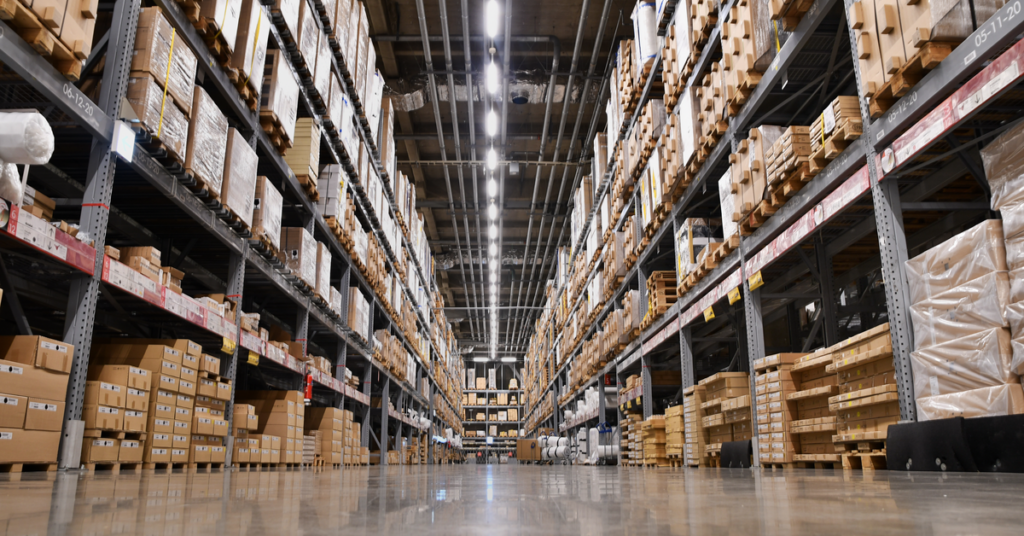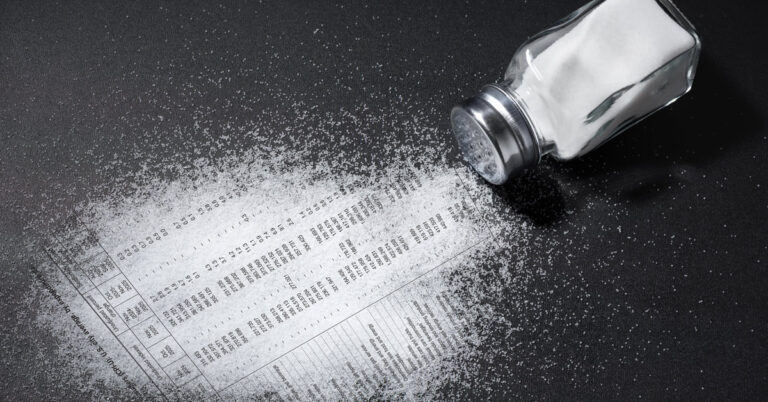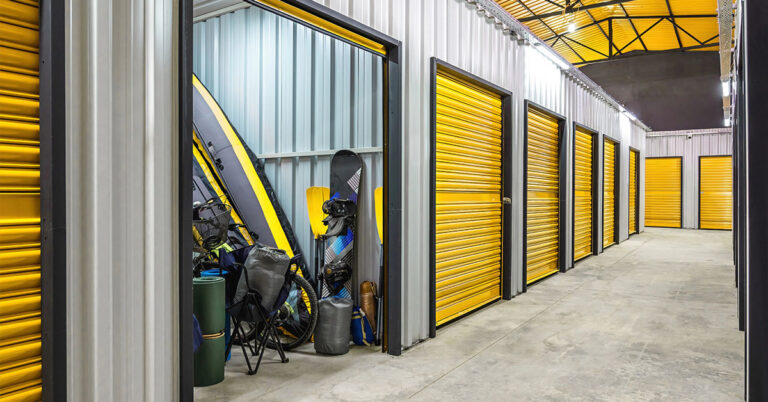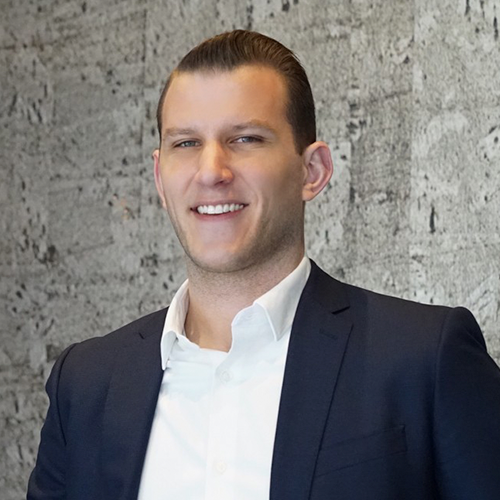Demand for space in the U.S. industrial sector was down slightly in the second quarter as net absorption reached 29.6 million square feet, down from the first quarter’s 30.3 million square feet, according to a report from Cushman & Wakefield.
Net absorption in the industrial sector has been decreasing since 2021, when annual absorption reached nearly 575 million square feet. In 2022, net absorption fell to 525.8 million square feet, before falling to 251 million square feet in 2023 and 147.8 million square feet in 2024. So far this year net absorption is at about 60 million square feet.
This year’s net absorption, which has exceeded initial expectations, has been driven by larger corporate users moving to higher-quality properties. More than 50 million square feet of warehouse space were absorbed in buildings built in recent years, according to the report.
The construction pipeline is also shrinking fast, but new supply is still outpacing net demand. Construction completions have been in decline since 2023’s blockbuster year when completions reached nearly 627 million square feet of space. In 2024, completions fell to 431.5 million square feet. The first half of this year saw completions of 146 million square feet.
Get these articles in your inbox
Sign up for our daily newsletter
Get these articles in your inbox
Sign up for our daily newsletter
But even with such a high level of property completions, the vacancy rate changed only slightly. Vacancies rose 20 basis points in the second quarter to 7.1%. The vacancy rate for 2024 was 6.7%. Rent growth also continued to moderately soften, with average asking rents reaching $10.12 per square foot.
Cushman & Wakefield writes about identifying emerging signs of tariff-related impacts in select markets. For instance, the West region posted a negative 2.3 million square feet of net absorption, driven by significant occupancy losses in Los Angeles and the Inland Empire region of southern California, which are main warehousing areas for regional ports. They note that container volumes at the ports of Los Angeles and Long Beach, key entry points for Chinese imports, declined 24% month over month in May. Those imports improved slightly in June, as the Trump administration announced a 90-day pause on tariff increases.
At the same time, 13 U.S. markets reported more than 1 million square feet of positive absorption for the quarter, let by Dallas-Fort Worth, Texas, which gained 6.8 million square feet of net absorption. Houston was next with 3.4 million square feet of net absorption, followed by Greenville, S.C., with 2.7 million square feet of net absorption.




















































